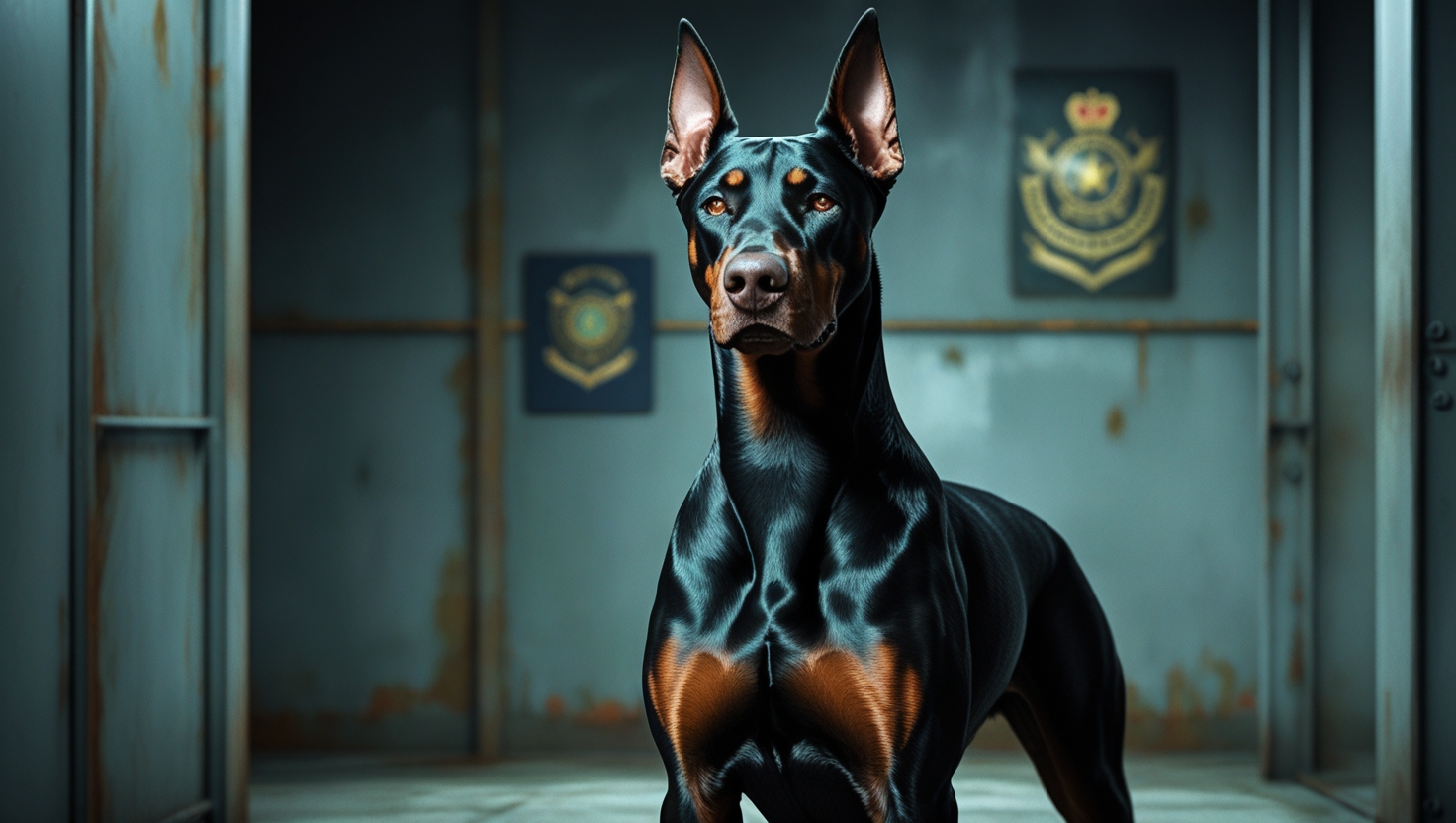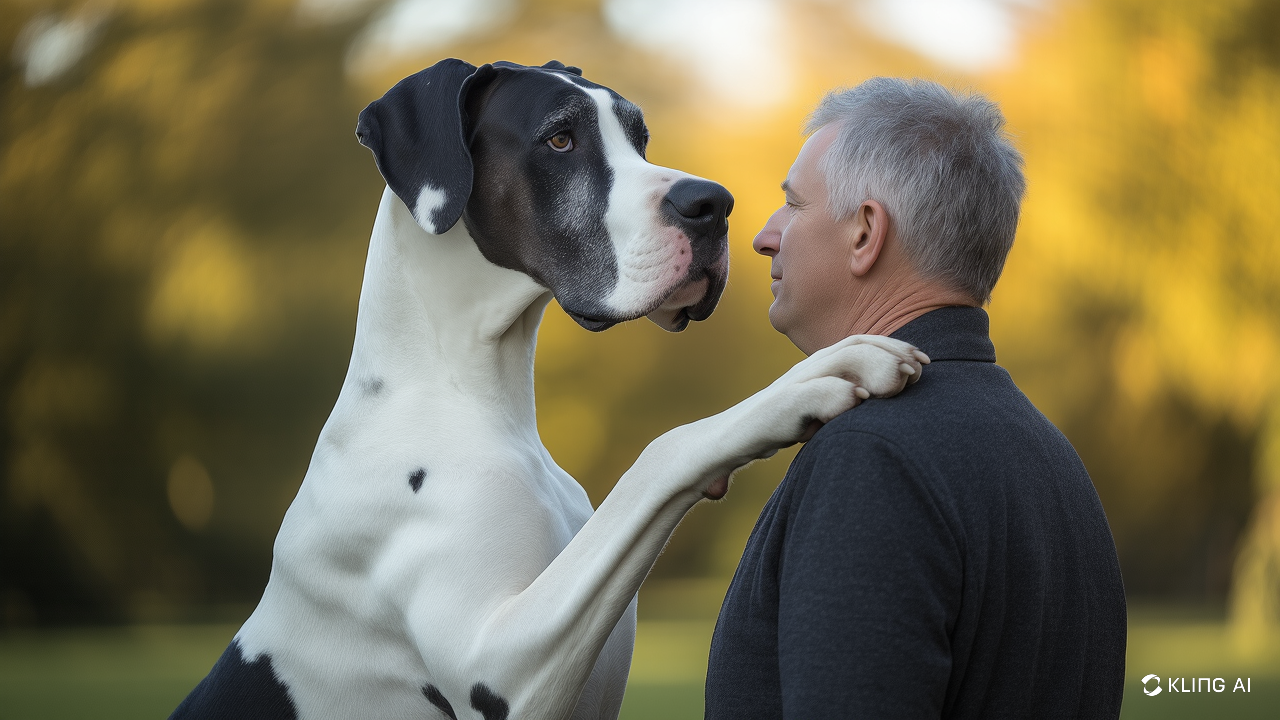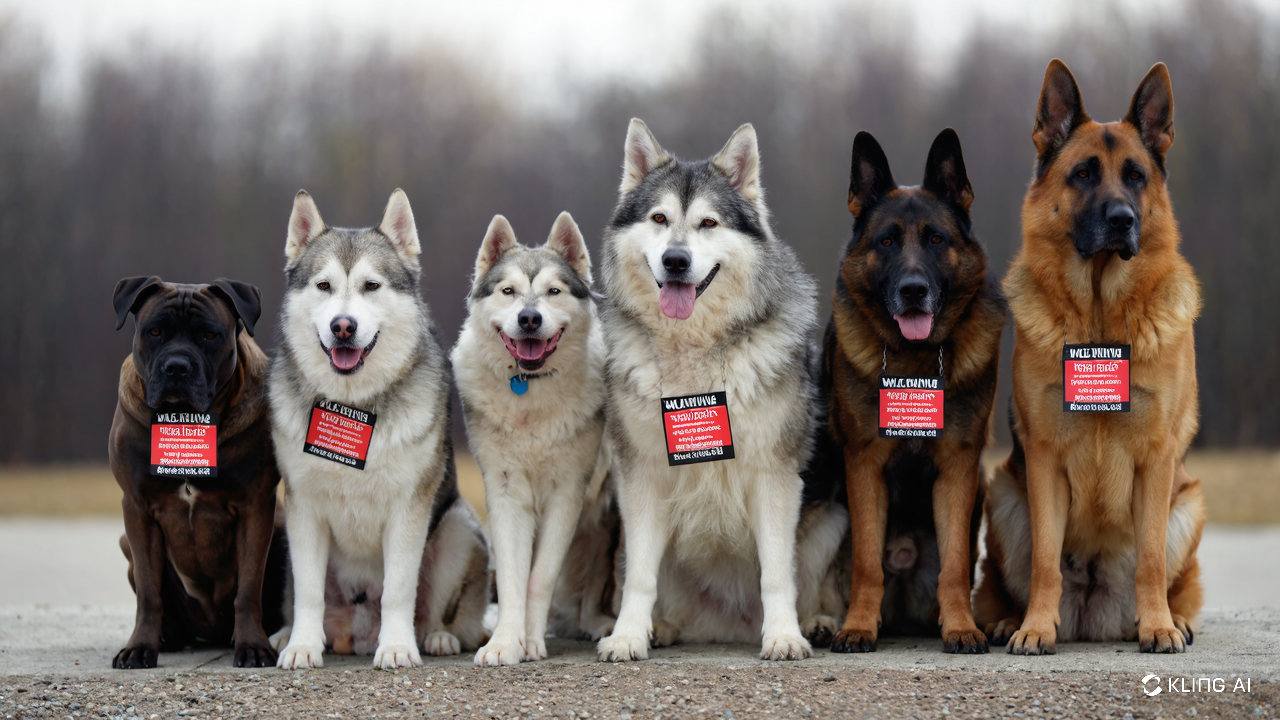
There's something undeniably captivating about giant dog breeds. Their impressive size combined with often gentle temperaments creates a fascinating contrast that dog lovers can't resist. Before bringing one of these magnificent animals into your home, it's essential to understand their unique characteristics and needs.
Throughout history, humans have been drawn to dogs of extraordinary size. From ancient artwork depicting massive war dogs to viral videos of Great Danes trying to fit on laps, these gentle giants have always commanded attention - not just for their size, but for the remarkable contrast between their intimidating appearance and typically gentle nature.
Generally, dogs weighing over 100 pounds (45kg) or standing taller than 25 inches (63cm) at the shoulder qualify as large or giant breeds. Mass, bone structure, and overall proportions also contribute to classification. Some breeds may not be the tallest but have substantial bone structure and muscle mass that firmly place them in the "giant" category.
Pros:
Cons:
The impressive size of giant breeds results from selective breeding over generations. A 2007 study identified a single genetic mutation in the IGF1 gene that significantly influences canine size. Giant breeds have specific variants of growth-regulating genes allowing for extended growth periods compared to smaller counterparts.
Interestingly, many giant breeds have calmer, more laid-back personalities than smaller dogs. Most were developed to work alongside humans rather than independently, resulting in patient, cooperative temperaments. Their size typically makes them more confident and less prone to defensive behaviors sometimes seen in smaller dogs.
These breeds weren't created merely to impress—they served crucial purposes throughout history. From the Saint Bernard's mountain rescues to the Newfoundland's water rescues, from hunting dangerous game to guarding property, these dogs were valuable working partners. This functional history shapes the characteristics we see in today's giant breeds.
________________________________________The English Mastiff consistently ranks as the heaviest dog breed, with the record-holder "Zorba" weighing an astonishing 343 pounds. Today's Mastiffs typically weigh between 120-230 pounds, with massive bone structure, broad chests, and substantial muscle mass contributing to their impressive weight.
Despite their imposing presence, Mastiffs are known for their gentle, dignified demeanor. They tend to be calm, loving, and excellent with families while retaining ancestral protective instincts. This combination of docility with family and watchfulness with strangers makes them exceptional companions.
Their massive size brings health challenges, including hip and elbow dysplasia, gastric torsion (bloat), heart conditions, joint issues, and obesity-related problems. With an average lifespan of 6-10 years, health monitoring and preventative care are essential for Mastiff owners.
________________________________________Great Danes hold the record for tallest dog breed, with "Zeus" standing 44 inches at the shoulder—over 3.6 feet tall on all fours! Even average Great Danes stand 28-34 inches tall. When on their hind legs, they can easily reach over 6 feet, truly earning their nickname "Apollo of dogs."
This elegant nickname reflects the Great Dane's perfect balance of strength and grace. Despite their enormous size, they move with a smooth, powerful gait demonstrating athletic ability and poise. Their noble appearance, with sleek coats, long legs, and proud head carriage, evokes the dignity of classical statues.
While not as energetic as sporting breeds, Great Danes require consistent, moderate exercise. Their giant frames need proper muscle development to support joints, but excessive exercise—especially during growth—can damage developing bones. Adult Danes benefit from daily walks and play sessions, though they're notorious for enjoying lounging on sofas.
________________________________________Few breeds have as heroic a history as the Saint Bernard. Originally bred by monks at the Saint Bernard Hospice in the treacherous Alpine pass between Switzerland and Italy, these dogs saved an estimated 2,000+ travelers lost in snowstorms and avalanches with their exceptional sense of smell and strength.
Saint Bernards typically weigh 120-180 pounds and stand 25-30 inches tall. Despite their massive size, they're extraordinarily gentle with children and deeply loyal to families. Their patient, tolerant nature makes them excellent family companions, though supervision around small children is necessary to prevent accidental knockovers.
The Saint Bernard's thick double coat requires regular maintenance. Weekly brushing is essential, becoming daily during seasonal shedding. Their facial wrinkles need regular cleaning to prevent skin infections, and their pendulous jowls mean owners should expect some drool management as part of daily life.
________________________________________As their name suggests, Irish Wolfhounds were originally bred to hunt wolves. Standing 30-35 inches at the shoulder with powerful builds, they made formidable opponents for wolves and large game. They nearly went extinct when wolves disappeared from Ireland but were revived in the late 19th century.
Exceptional Gentleness
Despite their hunting heritage, Irish Wolfhounds are renowned for their exceptionally gentle temperament. They're described as "gentle when stroked, fierce when provoked"—a perfect balance for a family companion. Their calm, dignified presence makes them excellent with children, though their size means supervision is necessary.
Irish Wolfhounds have one of the shortest average lifespans—typically just 6-8 years. This brief lifespan is common among giant breeds and relates directly to their size. Larger dogs age more quickly, with accelerated growth leading to earlier onset of age-related conditions, particularly heart problems.
________________________________________The Newfoundland's water rescue abilities are legendary. Their webbed feet, water-resistant double coat, and powerful swimming muscles make them natural lifeguards. They instinctively perform water rescues using a unique powerful breast stroke rather than the paddle of most dogs, allowing them to navigate rough waters efficiently.
Weighing 100-150 pounds with a height of 26-28 inches, Newfoundlands possess a thick double coat that repels water even in frigid conditions. This remarkable coat requires significant maintenance—regular brushing prevents matting, and seasonal shedding periods necessitate daily grooming.
Newfoundlands earned the nickname "Nanny Dogs" for their extraordinary gentleness with children. Despite their tremendous strength, they display remarkable patience and protective instincts toward younger family members, making them exceptional family dogs for those prepared for their size and grooming needs.
________________________________________ Giant breeds have specific nutritional requirements:
Giant breeds need a careful exercise balance:
Several conditions are particularly common in giant breeds:
Preventative care through regular veterinary check-ups, appropriate weight management, and monitoring for early symptoms significantly improves outcomes.
________________________________________ While many giant breeds are relatively inactive indoors, space requirements remain significant:
The cost for giant breeds substantially exceeds smaller dogs:
Behavioral issues that might be manageable in smaller dogs can be dangerous with giants:
Despite the challenges, giant breeds offer extraordinary companionship with typically calm, gentle temperaments that complement many family situations. Their presence alone often provides security without aggression, and many form exceptionally close bonds with their families.
Owning a giant breed represents a significant commitment, with their size magnifying the consequences of training mistakes, their health issues requiring vigilant monitoring, and their shorter lifespans meaning preparing for loss sooner than with smaller breeds.
Finding your ideal giant breed match requires honest assessment of your lifestyle, activity level, and grooming commitment. Thorough research, meeting adult dogs, and consulting with reputable breeders or rescue organizations helps ensure a successful match between your family and a magnificent gentle giant companion.
________________________________________
Discover the most dangerous dog breeds and what makes them potentially aggressive. Learn about key factors like genetics, training, and environment, and how responsible ownership can prevent attacks. Find out which breeds are most commonly labeled as dangerous!
Read more...

Discover the biggest dog breeds in the world, from towering Great Danes to massive English Mastiffs. Learn about their size, temperament, care needs, and what it takes to own a giant dog. Find the perfect large breed for your lifestyle!
Read more...

Discover which dog breeds are illegal in the USA and why certain breeds face bans or restrictions. Learn about breed-specific legislation (BSL), controversial dog laws, and the debate over public safety vs. responsible ownership.
Read more...
Do you need a website design similar to this one, or maybe have your own idea in mind?
Feel free to use the Email below to get a free quote TODAY!
digigrow.to@gmail.com
All rights reserved 2024 - 2025.
Designed by DigiGrow